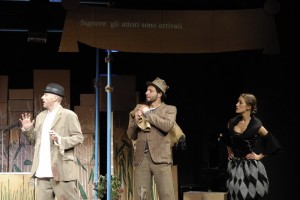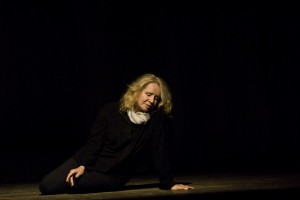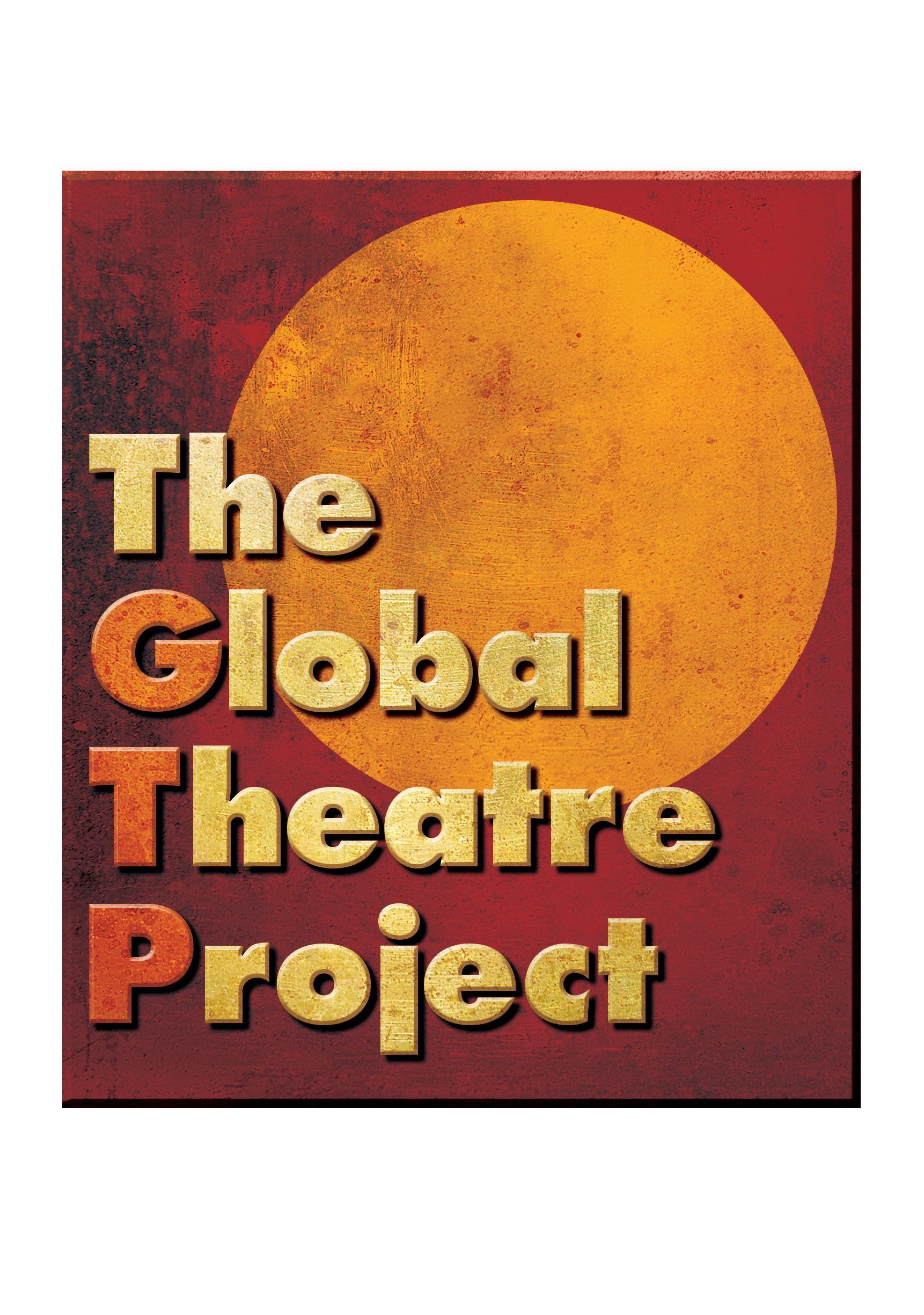Language and Story: Our Subtitle Process (Part 2)
Translation
continued from Our Subtitle Process (Part 1)
Once we were sure that we had to include subtitles in our work, then both practical and an artistic questions came up. First of which was related to translation. This was a developmental process for us. Several of the plays we were doing had never been translated into Italian. We had to create them ourselves. Certainly finding people in Florence who could translate text was not a problem. The challenge had more to do with how those texts were written.
I felt it was very important that our Italian audiences, who did not speak or read English at all, had the same emotional experience as those who did. A direct translation of the text would never do that for them. Because , as my wonderful Italian teacher Pier Giorgio has said on many occasions ‘you cannot directly translate language from English to Italian when you are trying to communicate and be understood.’ And, as we all know, theatre is all about communication. What my goal was with the subtitles required that the audience laugh together, cry together, hold their breath together. Whether they were with the actors and their voices or with the actors and the subtitles…. they would remain connected to the intricacies of the story.
However, this is not so easy to achieve.
There was a lot of trial and error with this work. And a process unfolded which took an enormous amount of time and effort. We were lucky to have Clelia Marmugi, who not only is the greatest Director of Public Relations we could have in Florence, but also a linguist who is mother tongue English and Italian and who is sensitive to the cultural differences, expressed through language, of various areas of Italy.
 A small example of her value in this area came up when we were working on our production of ‘The Fantasticks‘ which we approached with a very strong nod to Italian comedic history (both historic and current) and which literally no one had ever heard of or seen (very difficult to believe for US theatre folk). The character Mortimer speaks in a Cockney accent. Clelia built his language in the subtitles on the phraseology of a small area just outside of Naples which Italians identify as a similar type personality and culture to the way that Anglo speakers identify Cockney. And the appreciation of this by the audience members was spoken of a great deal. They felt taken care of through the subtitle process. They GOT who Mortimer was. And they loved him.
A small example of her value in this area came up when we were working on our production of ‘The Fantasticks‘ which we approached with a very strong nod to Italian comedic history (both historic and current) and which literally no one had ever heard of or seen (very difficult to believe for US theatre folk). The character Mortimer speaks in a Cockney accent. Clelia built his language in the subtitles on the phraseology of a small area just outside of Naples which Italians identify as a similar type personality and culture to the way that Anglo speakers identify Cockney. And the appreciation of this by the audience members was spoken of a great deal. They felt taken care of through the subtitle process. They GOT who Mortimer was. And they loved him.
This was a ‘win’ moment in our translation process. However a more challenging moment came when the tremendous American actress, Salome Jens came to Florence with her one woman show, About Ann.  The play is entirely created by the poetry of Ann Sexton. But the way that Salome performs it is not recitation, it is a deeply emotional journey which travels into the depths of her sorrow and the height of her longing. It can’t be translated directly as poetry in order for the audience to experience this. However, the poetry, obviously, is primary. So this translation took great consideration and time. Clelia was joined by local Italian experts on Ann Sexton, she asked continual questions of Salome to find the right words, the right phraseology to express a moment or a meaning. It was a collaborative effort to get the translation to a point where our audience would have a full experience of this production.
The play is entirely created by the poetry of Ann Sexton. But the way that Salome performs it is not recitation, it is a deeply emotional journey which travels into the depths of her sorrow and the height of her longing. It can’t be translated directly as poetry in order for the audience to experience this. However, the poetry, obviously, is primary. So this translation took great consideration and time. Clelia was joined by local Italian experts on Ann Sexton, she asked continual questions of Salome to find the right words, the right phraseology to express a moment or a meaning. It was a collaborative effort to get the translation to a point where our audience would have a full experience of this production.
We did not leave that moment feeling we were completely successful. And we learned where the parameters may fall for creating truly active and engaged translations for our subtitles. However, the tears streaming down the faces of our Italian audience members at the play’s end and their deep appreciation for what they experienced with Salome showed us that, even when we thought we had not achieved all of what we could, some of what we did accomplish entered their hearts in the darkness of the theatre.
I am not sure if there ever will be the ‘perfect’ translation for theatre performances when using subtitles. When a play is translated and done in the local language for an audience that speaks that local language, it is a singular event created to reach an audience in a singular language. The moment you bring individuals together who speak two different languages, honoring their separate experience of that play so that a collective experience is born is where the challenge lies.
One thing that is clear to us is that to begin approaching translation for the use of subtitles in a way that reaches your highest expectation requires collaboration from as many parties as possible. Sometimes this includes also the director and the actors. We find that translations for subtitles are built on many things. Action, emotion, intention, regionalism, character are a few of those elements. We are still learning.

